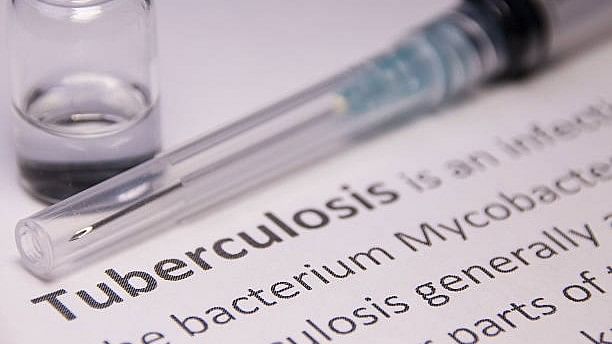
Image for representation.
Credit: iStock Photo
It is a matter of concern that India’s fight against tuberculosis is flagging and the country is likely to miss many of the milestone goals set for its eradication. TB is a disease the country has grappled with for decades, and it has been among the most serious health challenges since independence. There is considerable progress in the fight against it, but it is slower than expected.
The World Health Organisation (WHO) has in a recent report noted that the incidence of the disease is two times higher and the death rate three times higher than the goals set by the government. The government has declared it wants to eliminate TB by 2025. The country is nowhere near the target, with an incidence of 195 per one lakh population, and a mortality of 22 per one lakh. The report has also pointed out that India is at the top in every category of the world’s TB burden indices.
The challenge is particularly daunting because India has the most TB cases in the world, and also the highest number of deaths. TB is the world’s top infectious disease killer and accounts for most deaths in the category in India as well. Treatment regimens and strategies exist all over the world, but a million new cases were reported last year. India has initiated several programmes against the disease, including the National Tuberculosis Elimination Programme, and TB Mukt Bharat.
The country has managed to reduce TB incidence, but it is not enough. Several difficulties come in the way in the treatment of TB, though it is a completely curable disease. Early detection and effective intervention are most important, but they do not always happen, especially in rural areas and in the case of poor sections of society.
One problem is that many patients stop their treatment citing poverty and side effects of the medicines, and sometimes because of the false impression that they have been cured. A break in treatment is dangerous because it can lead to development of multi-drug resistant strains of the disease, which are more difficult to treat.
There are new treatment regimes for such strains but they may not be available for many. Most patients are from poor backgrounds and lack basic literacy. Nutrition is an important part of the treatment. The Nikshay Poshan Yojan provides for a monthly payment for all those diagnosed with TB, but the amount is considered inadequate. Even patients who have recovered experience a relapse for a host of reasons, including lack of nutrition. The WHO report is a reminder of the serious challenges on the TB front.